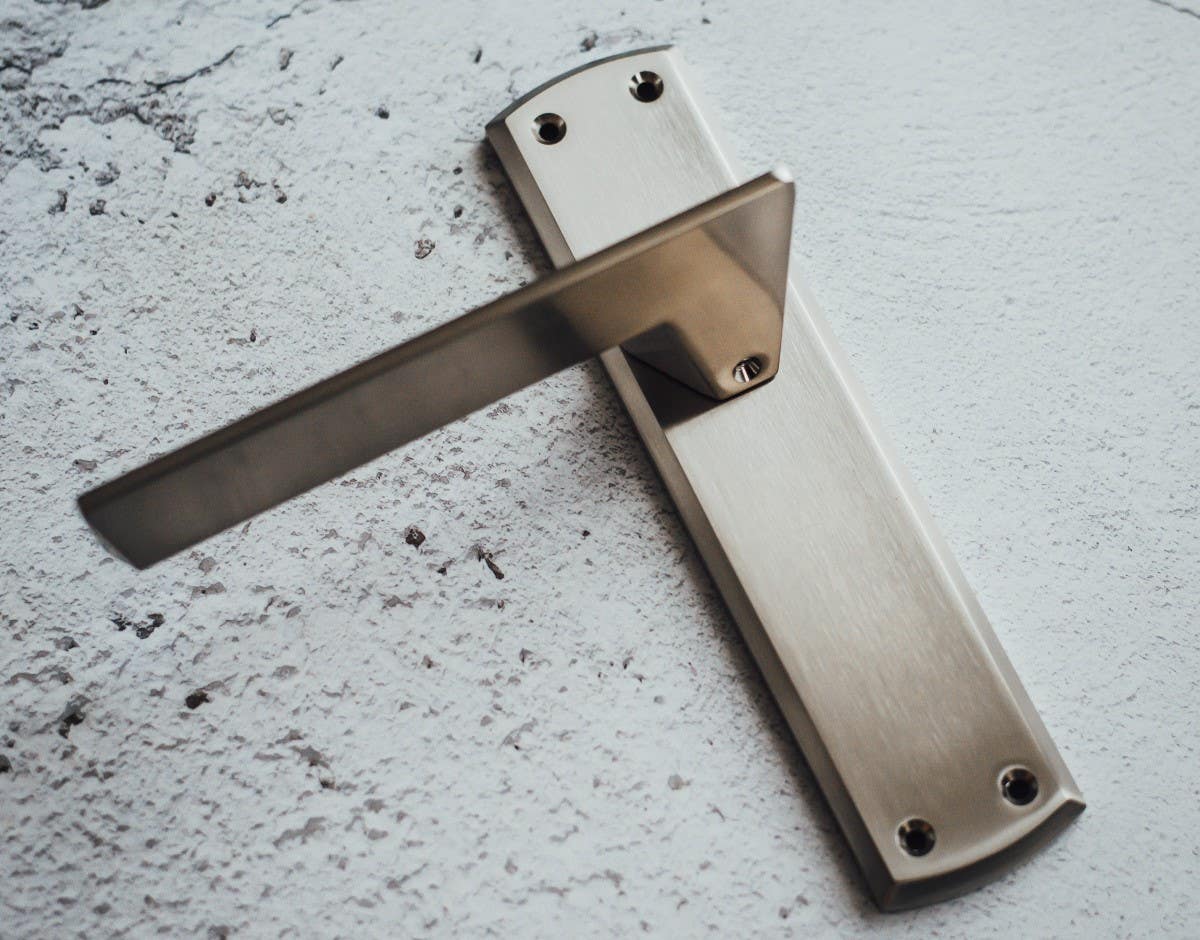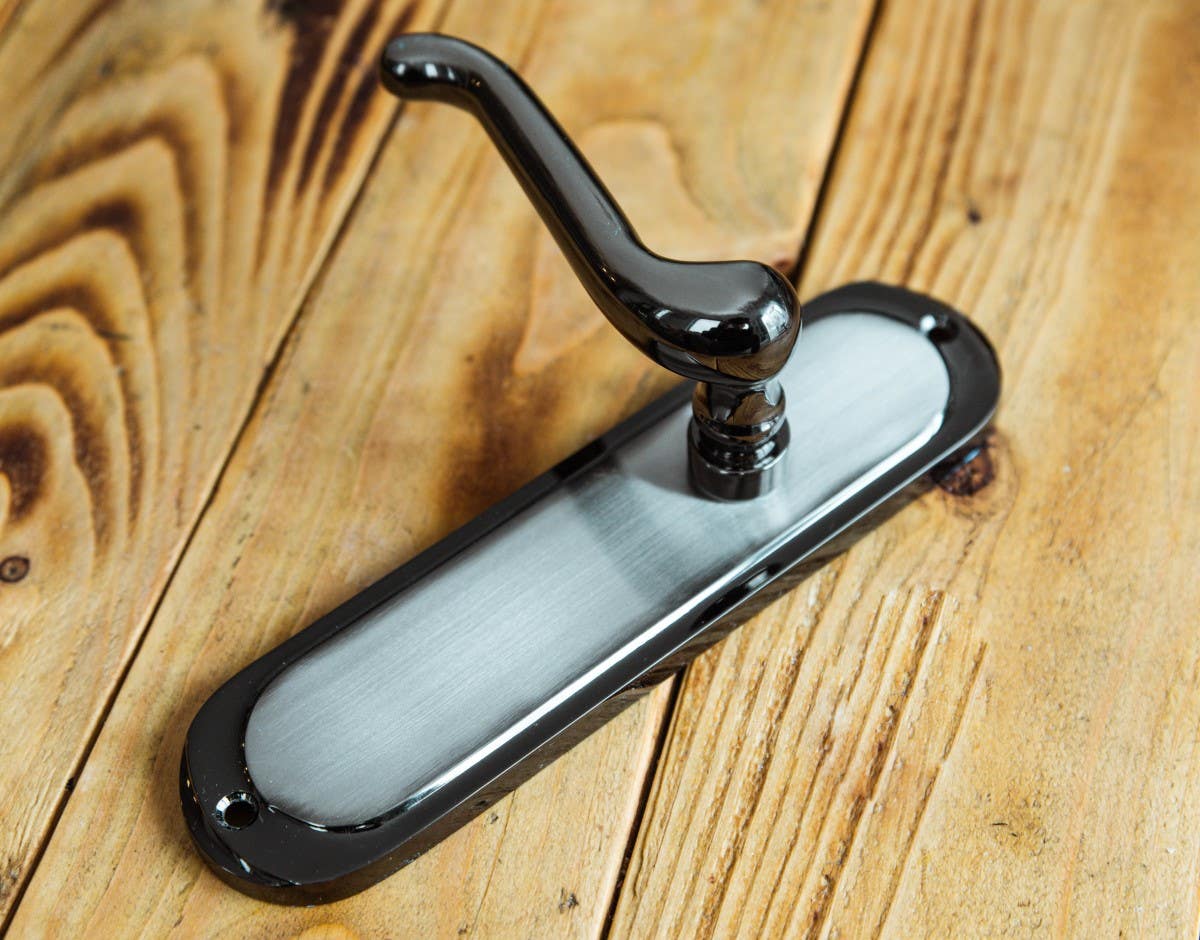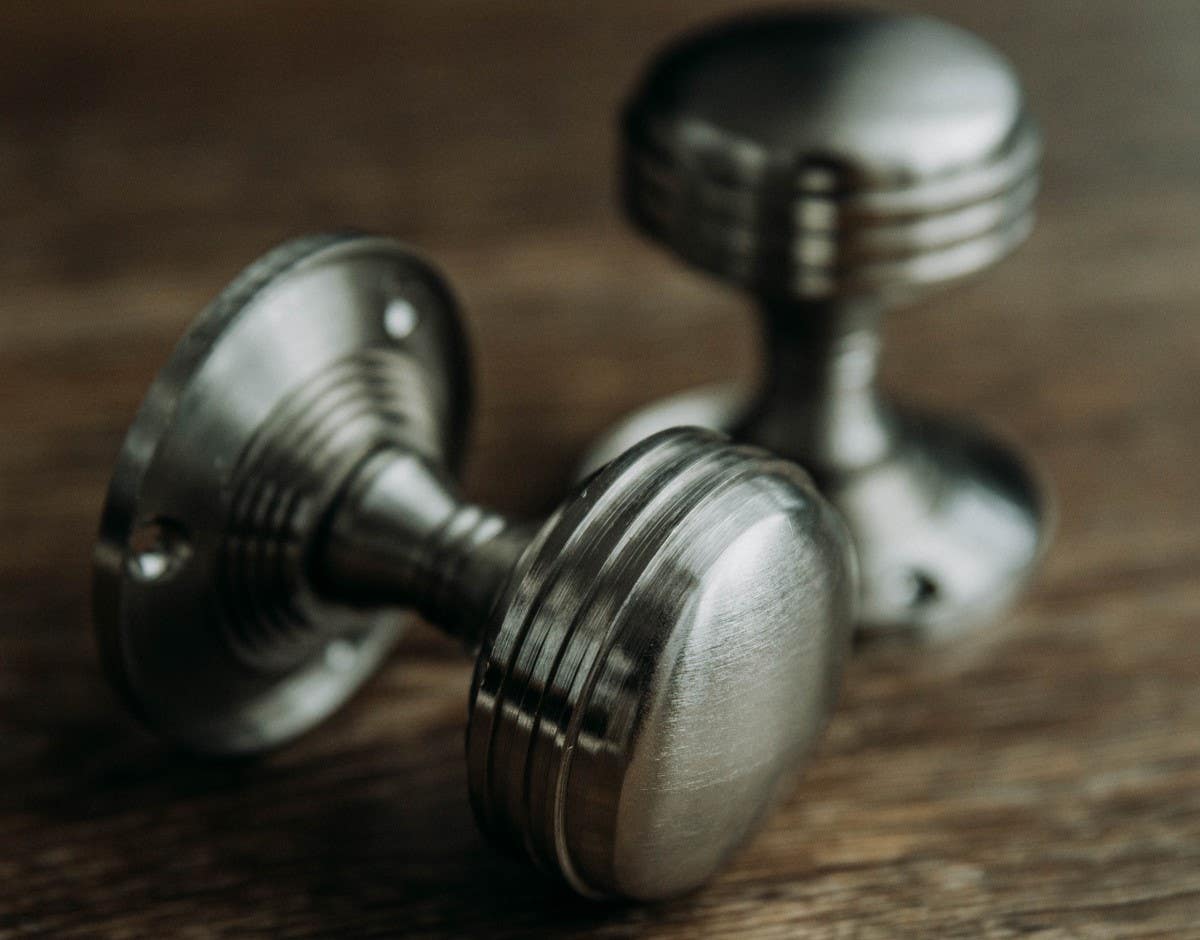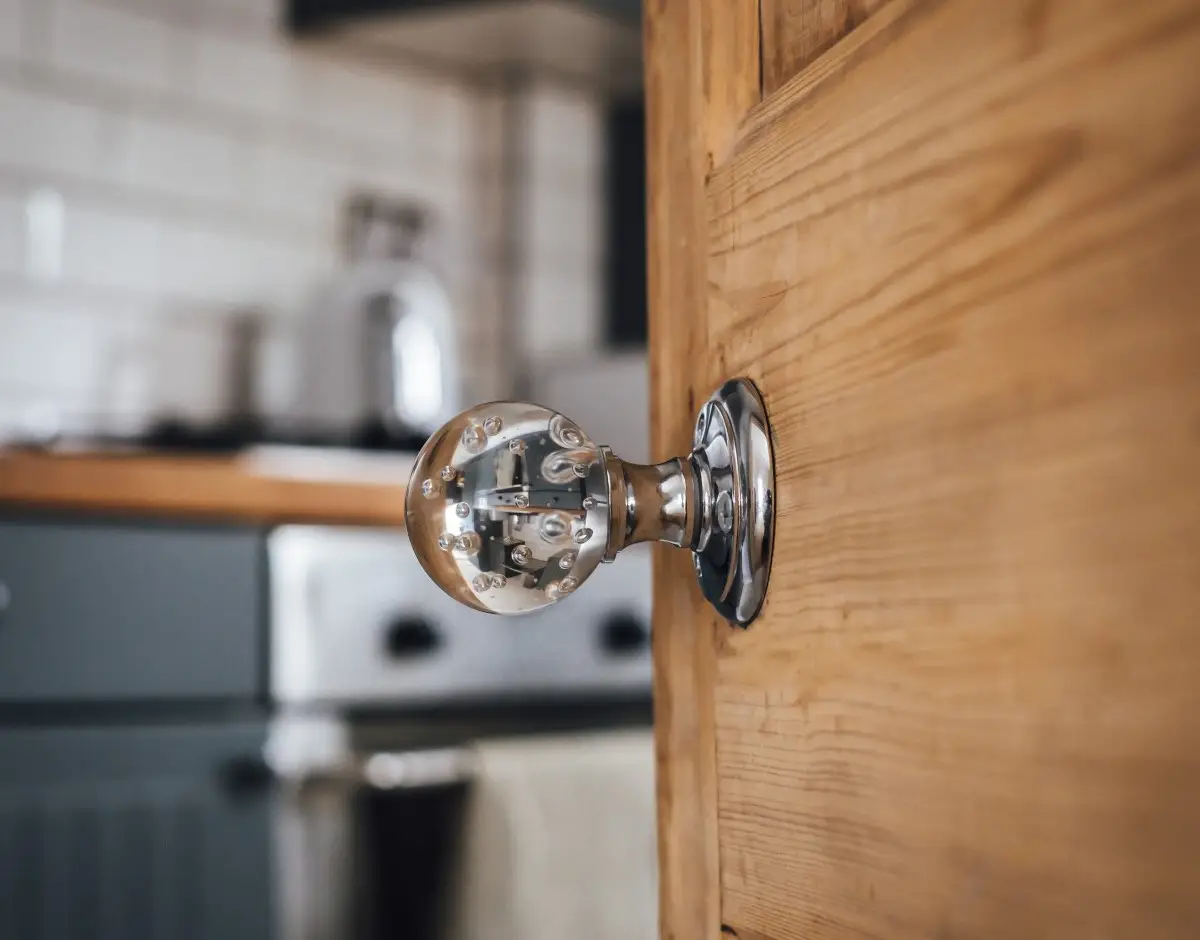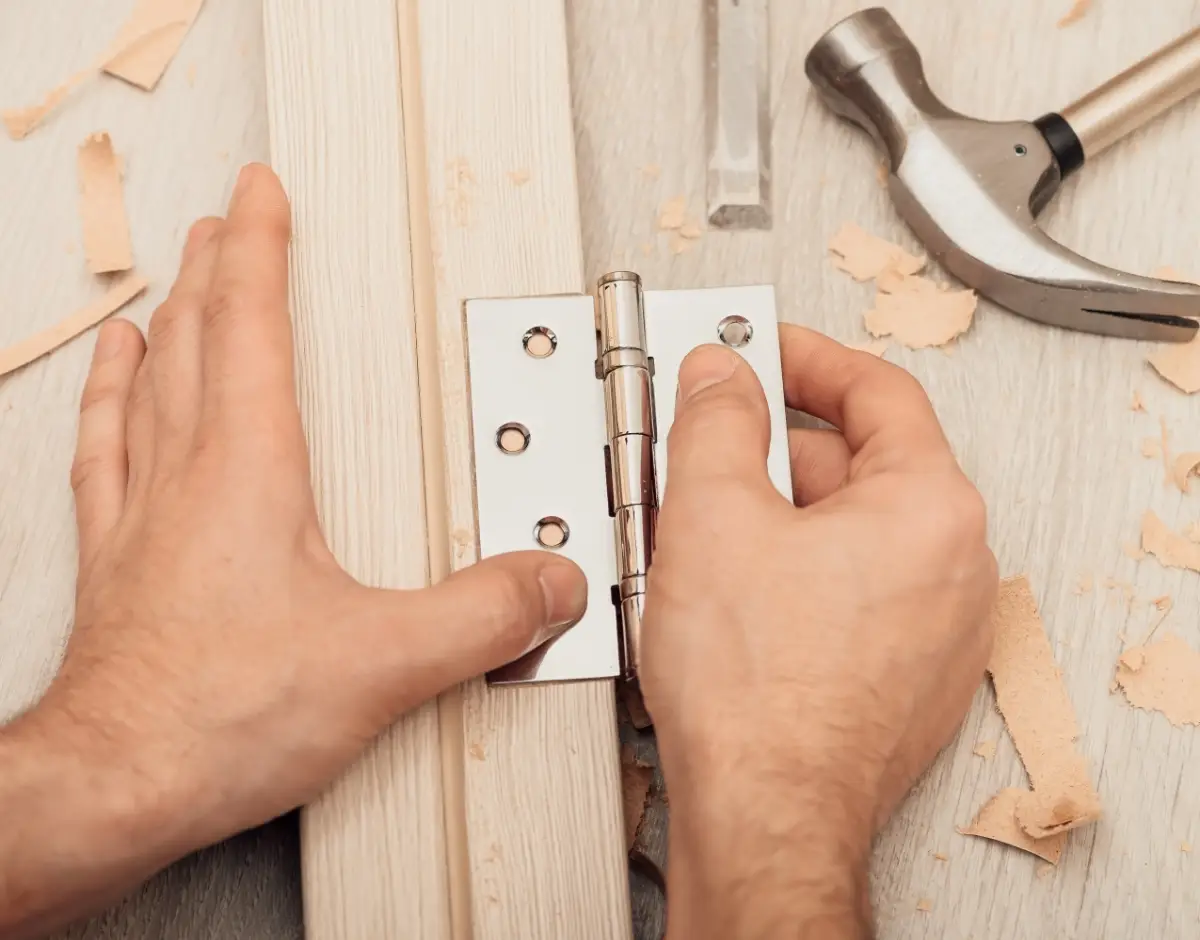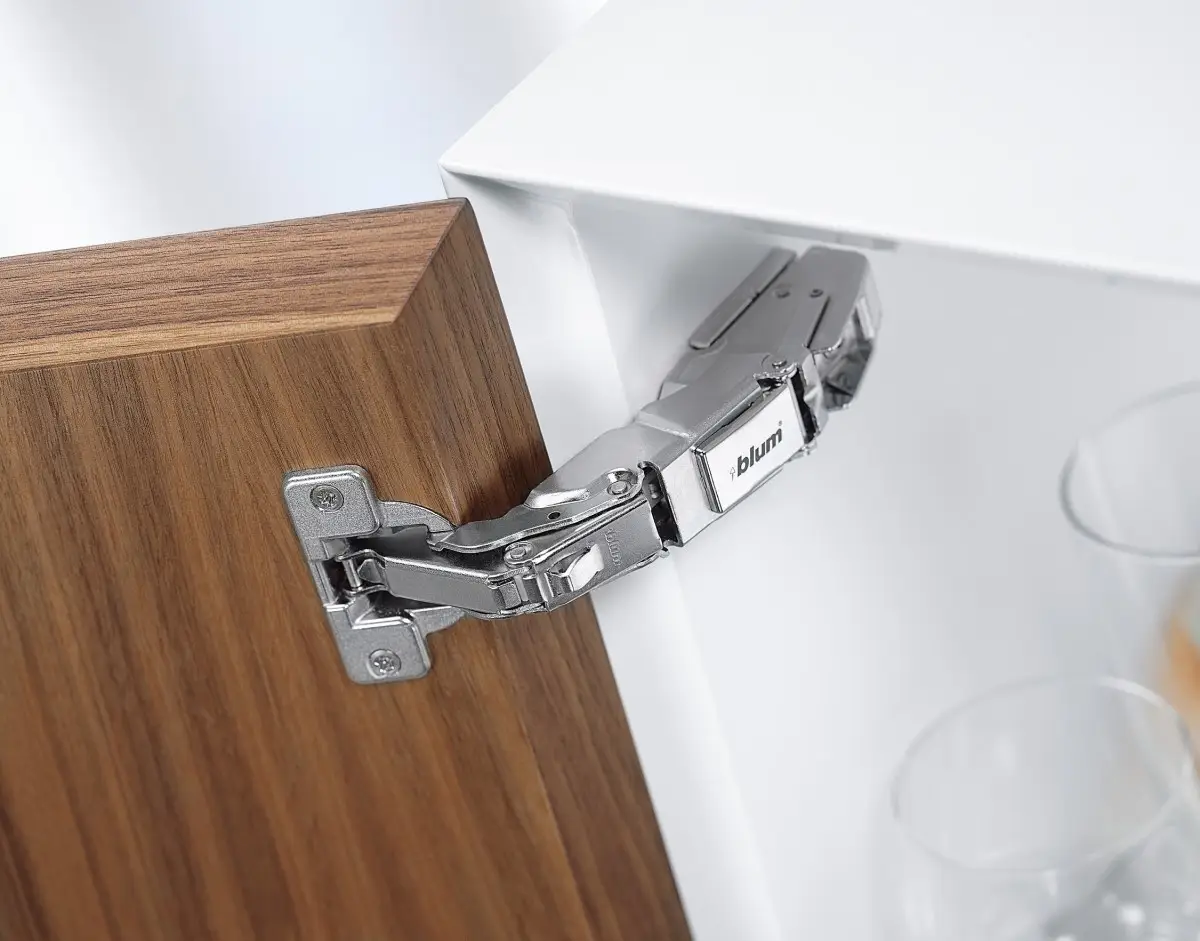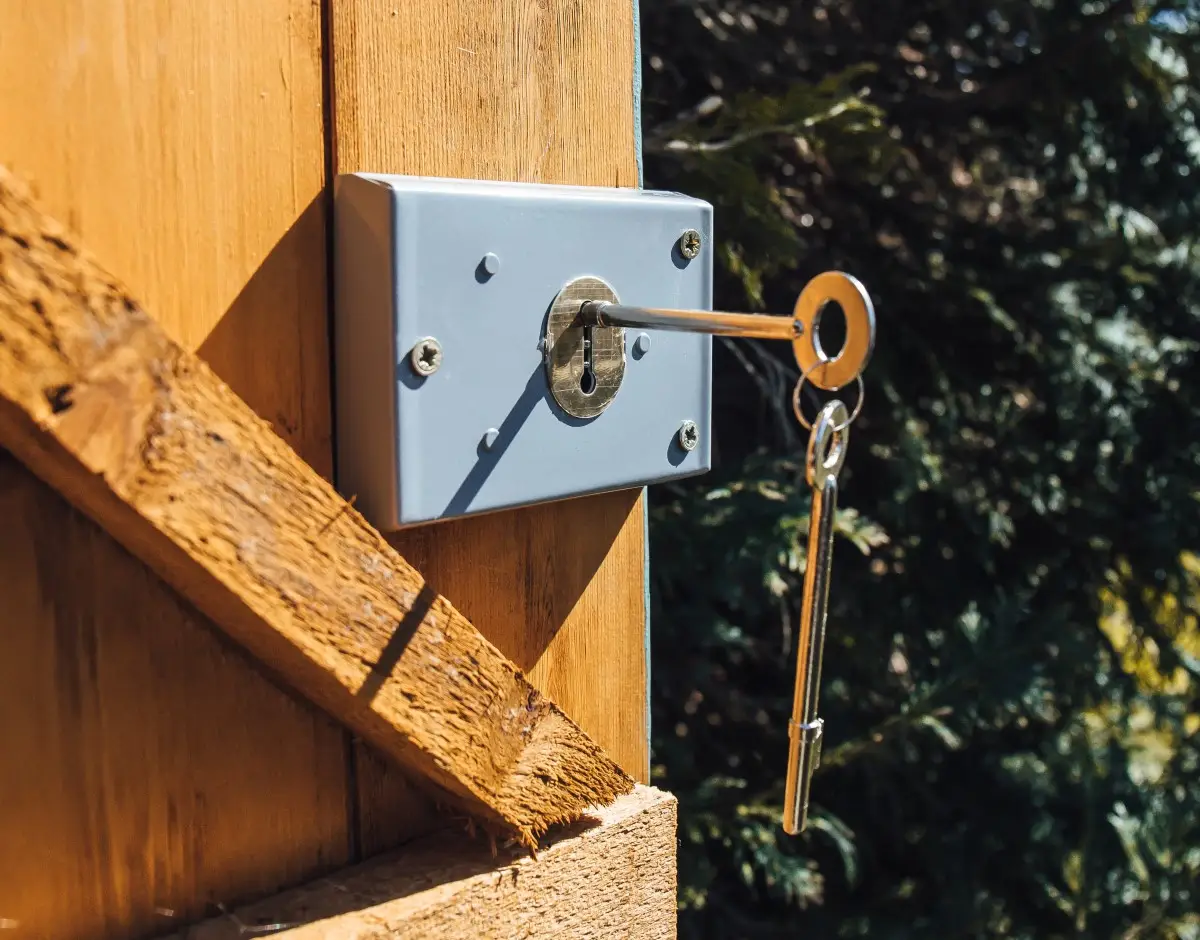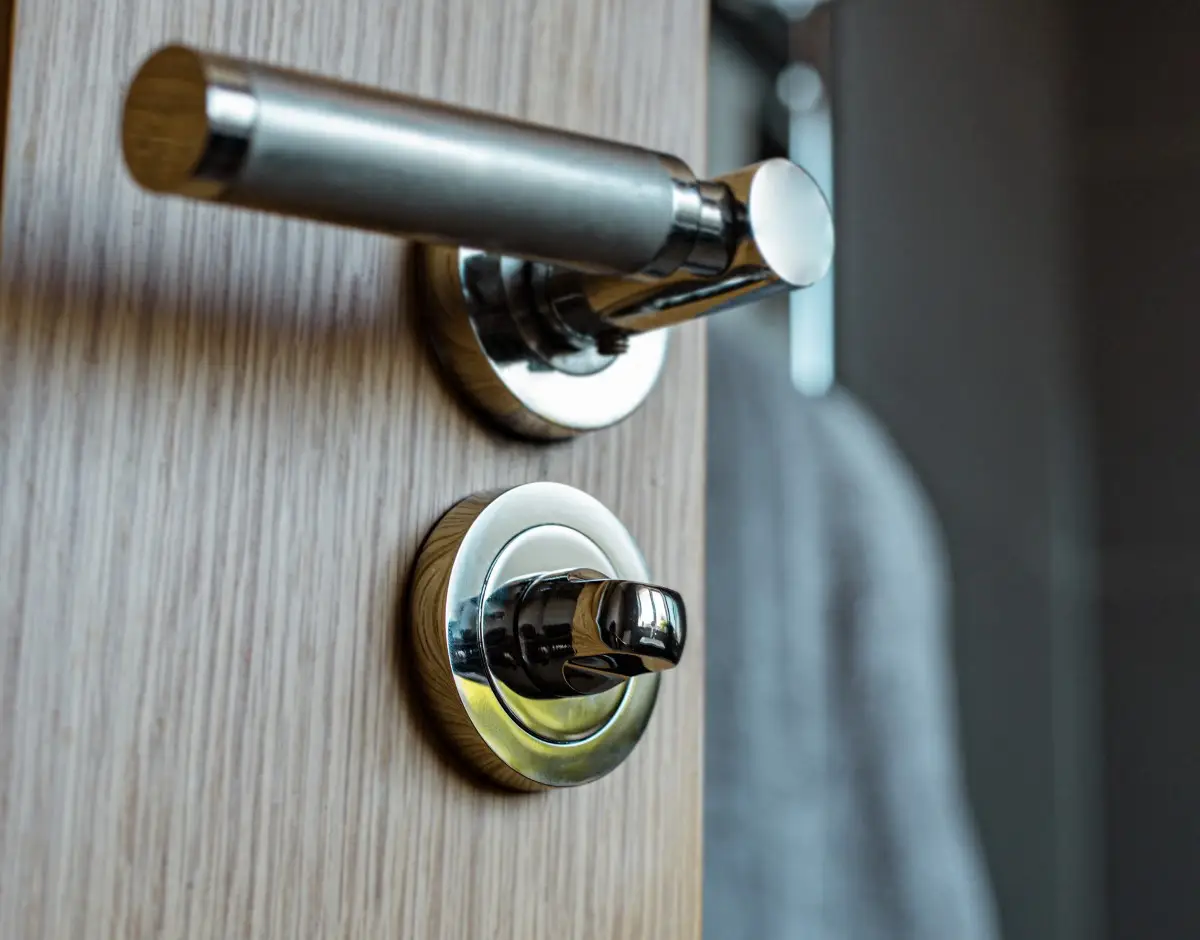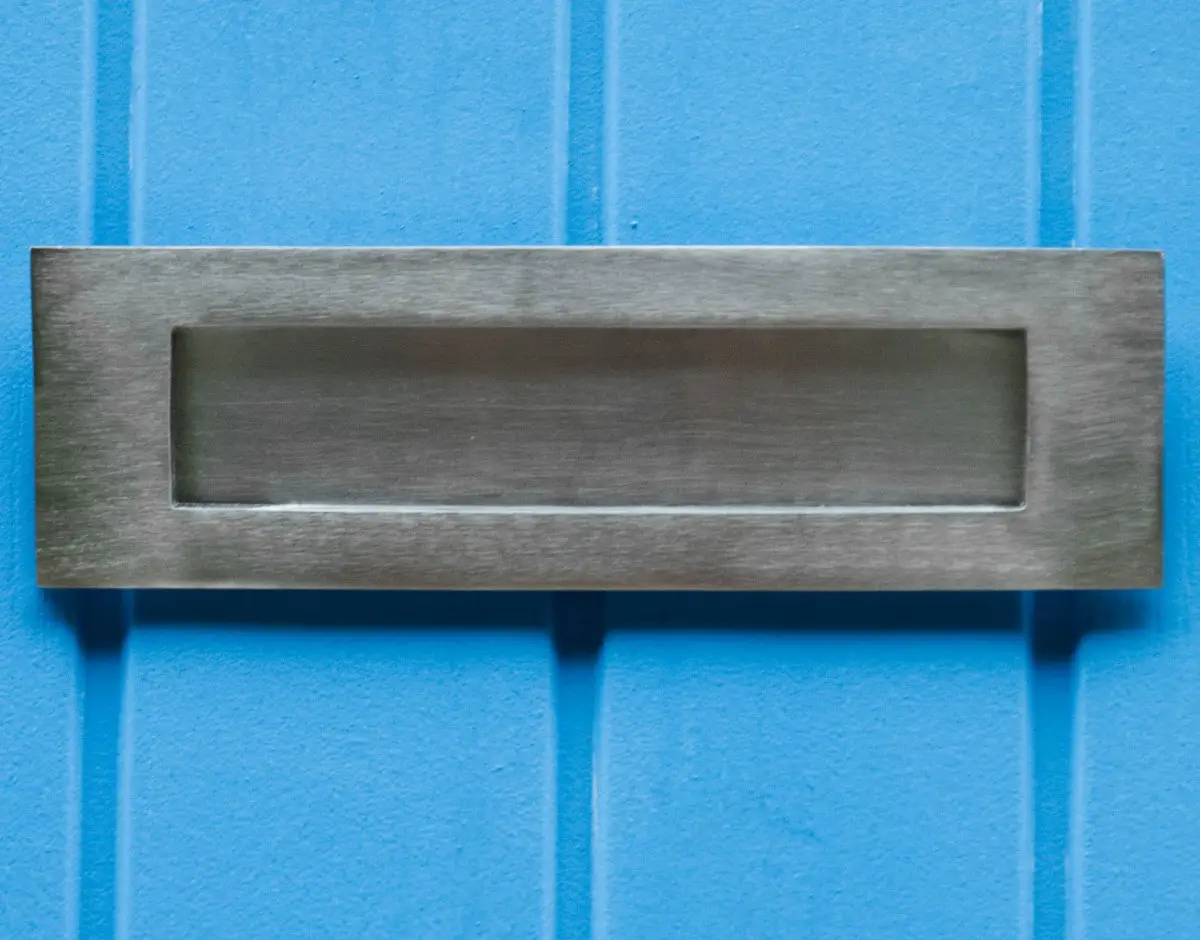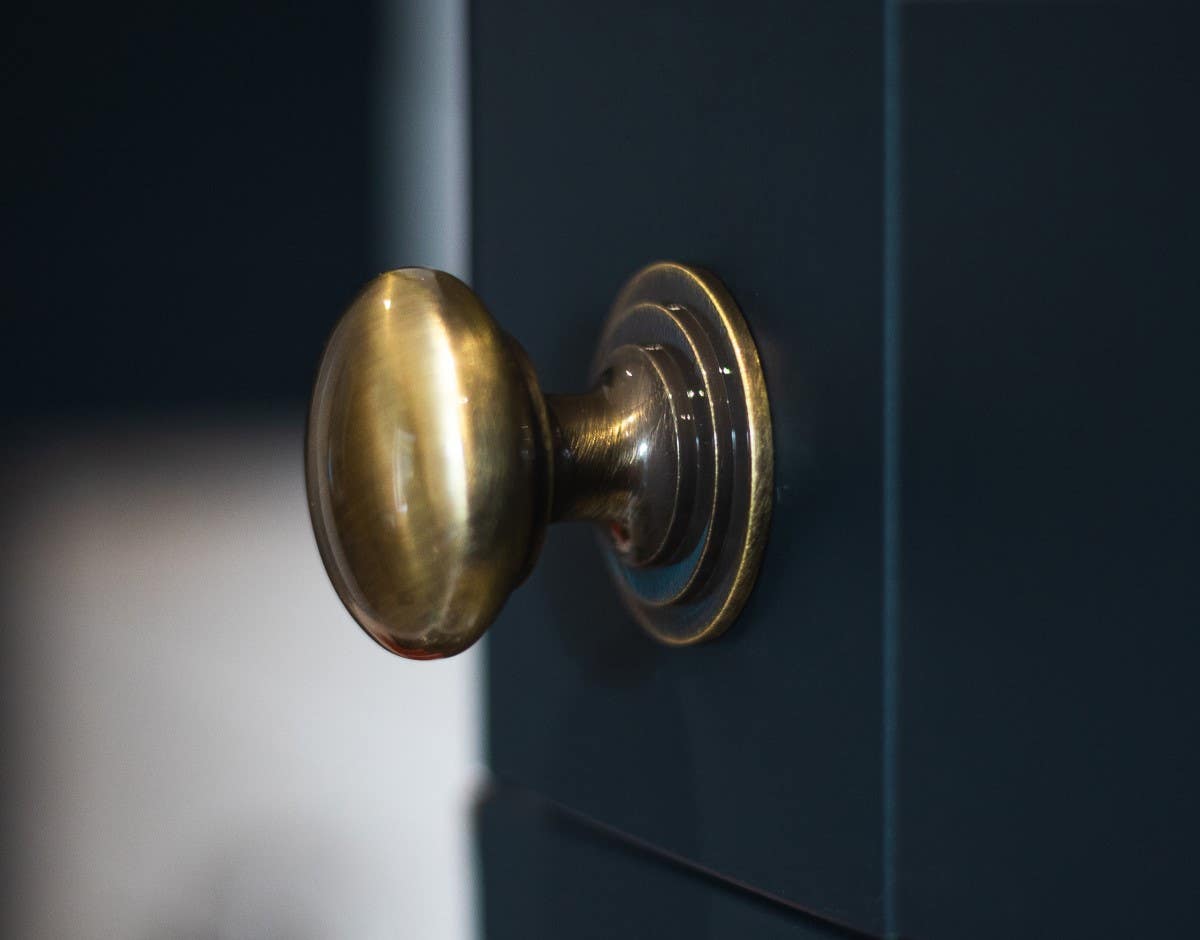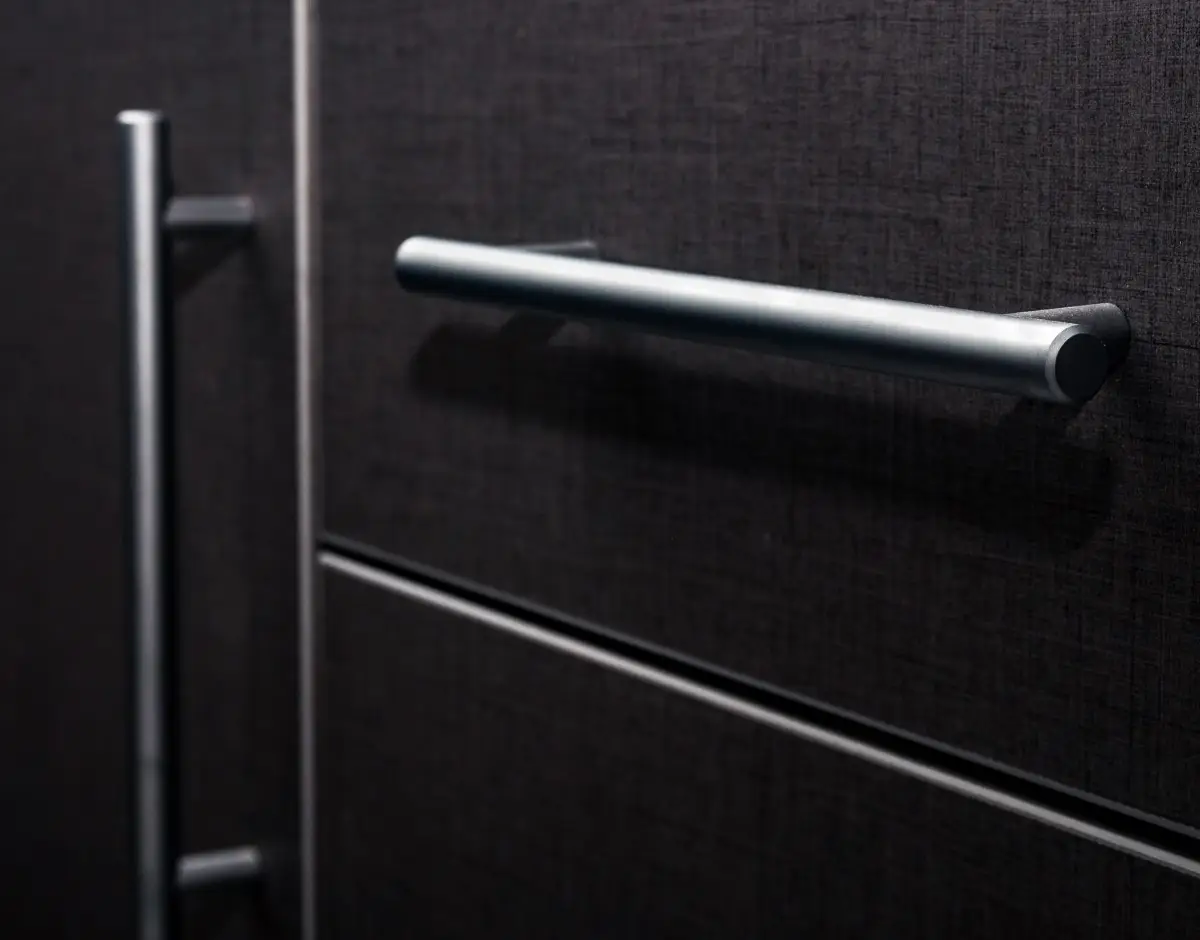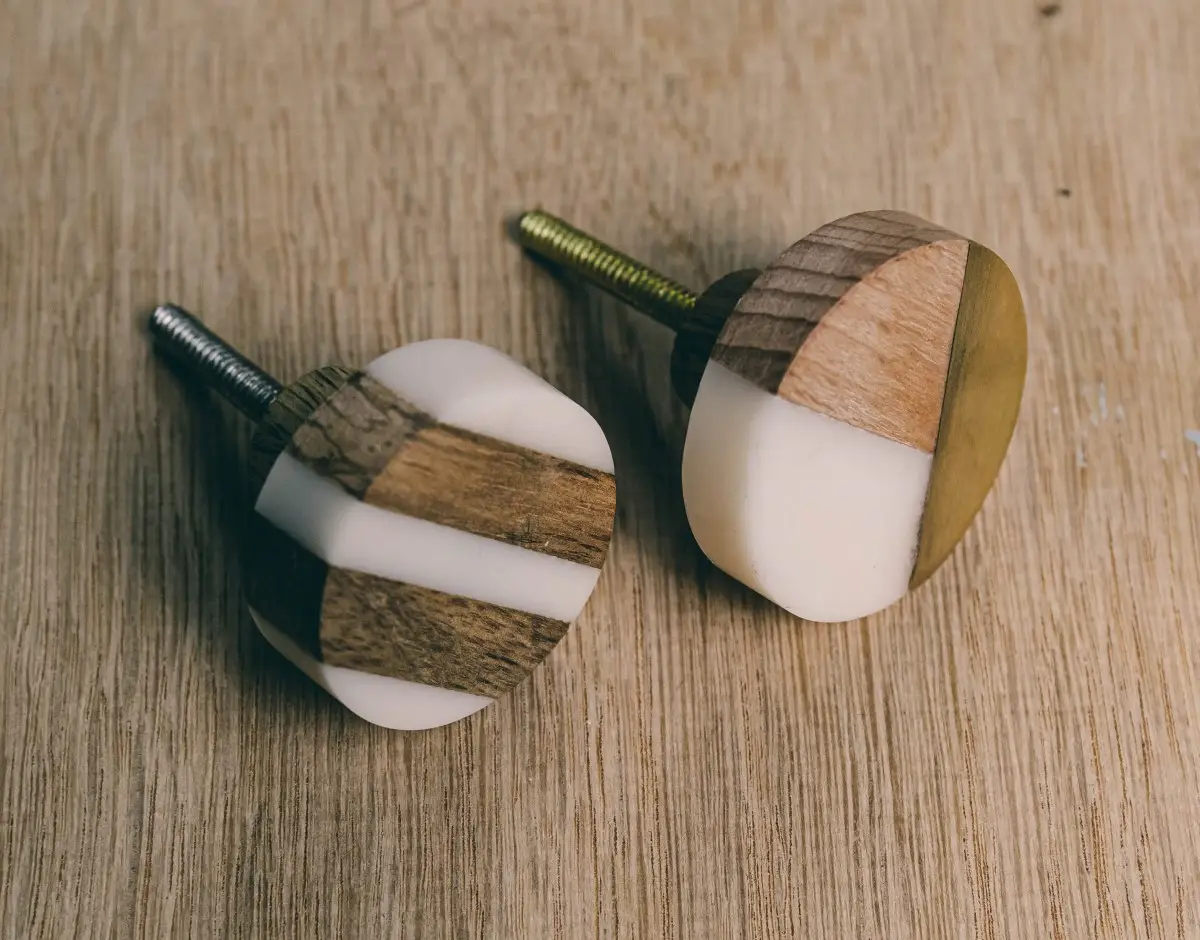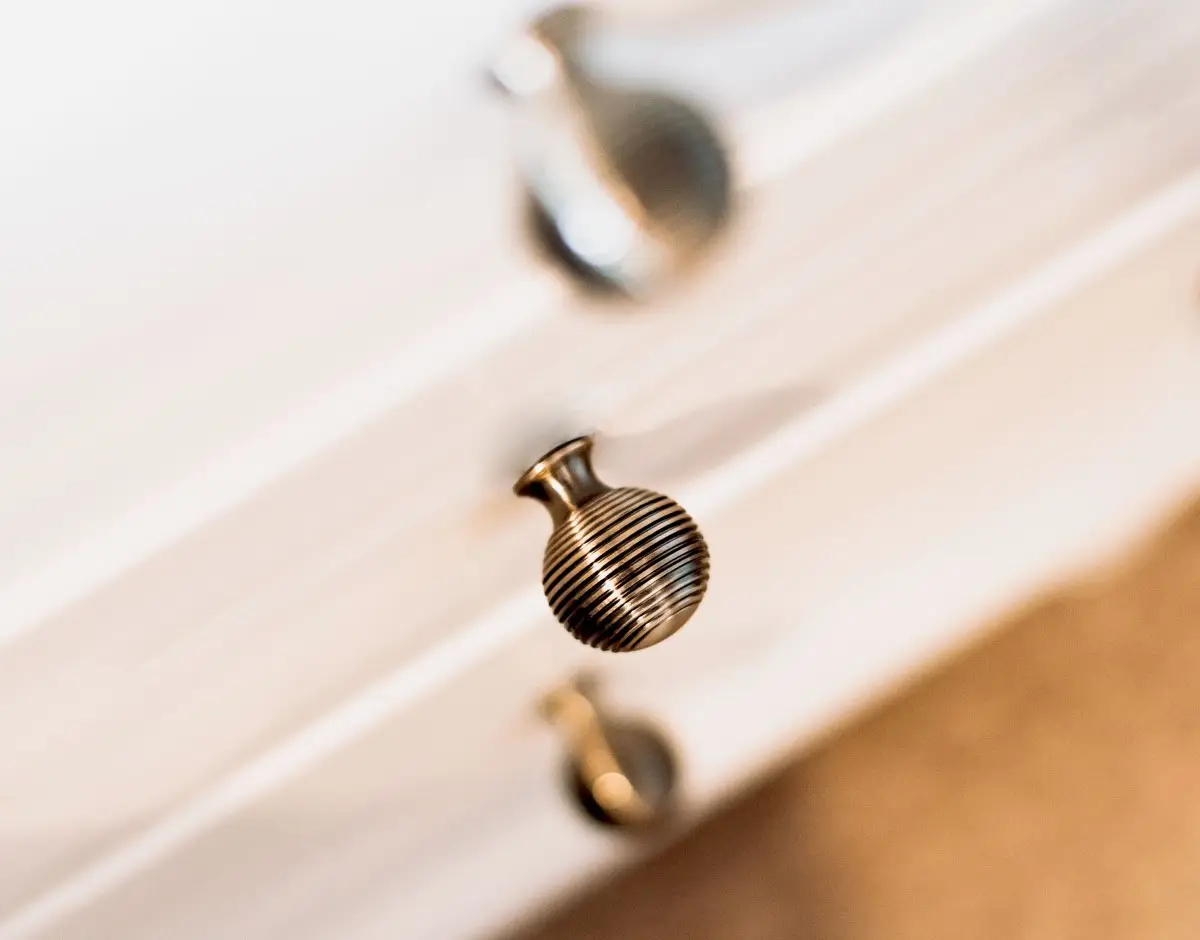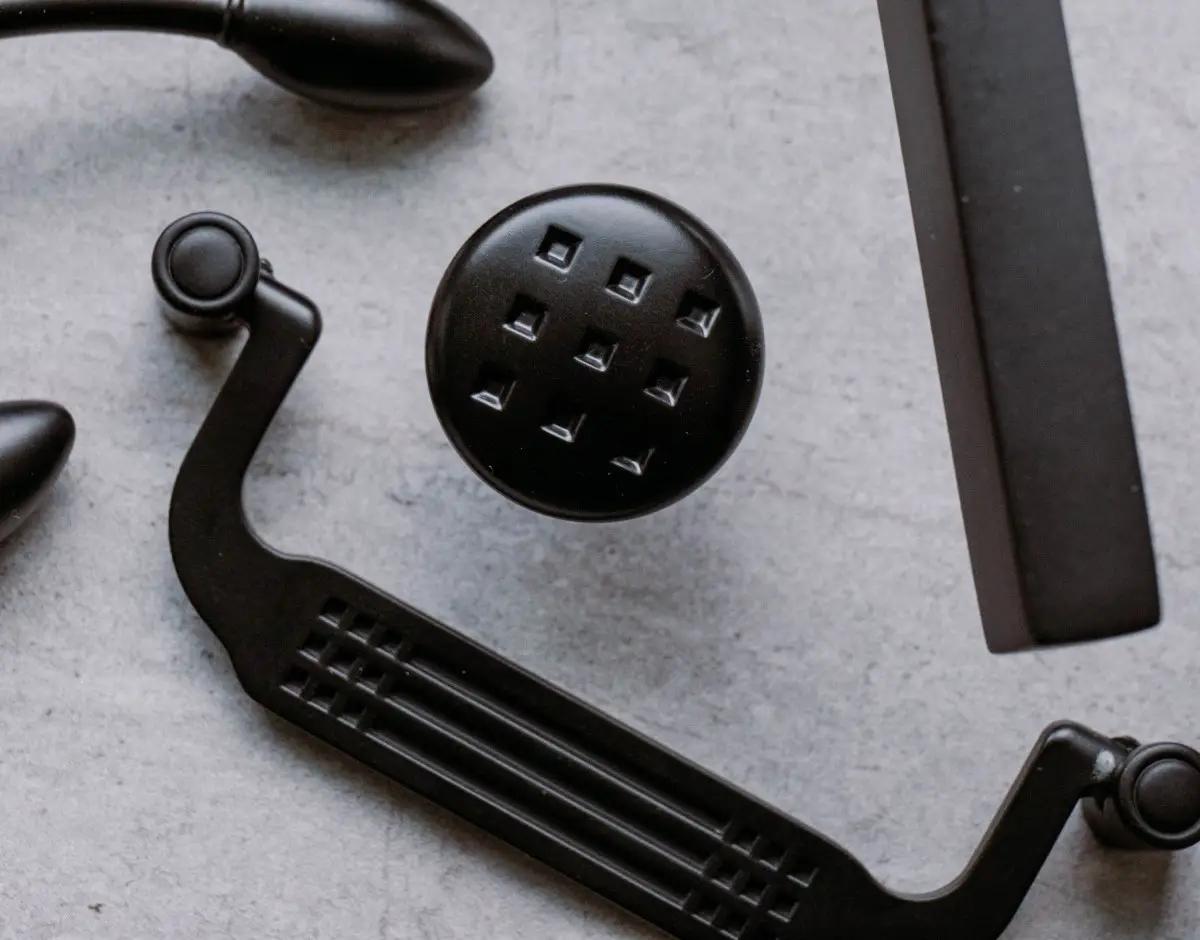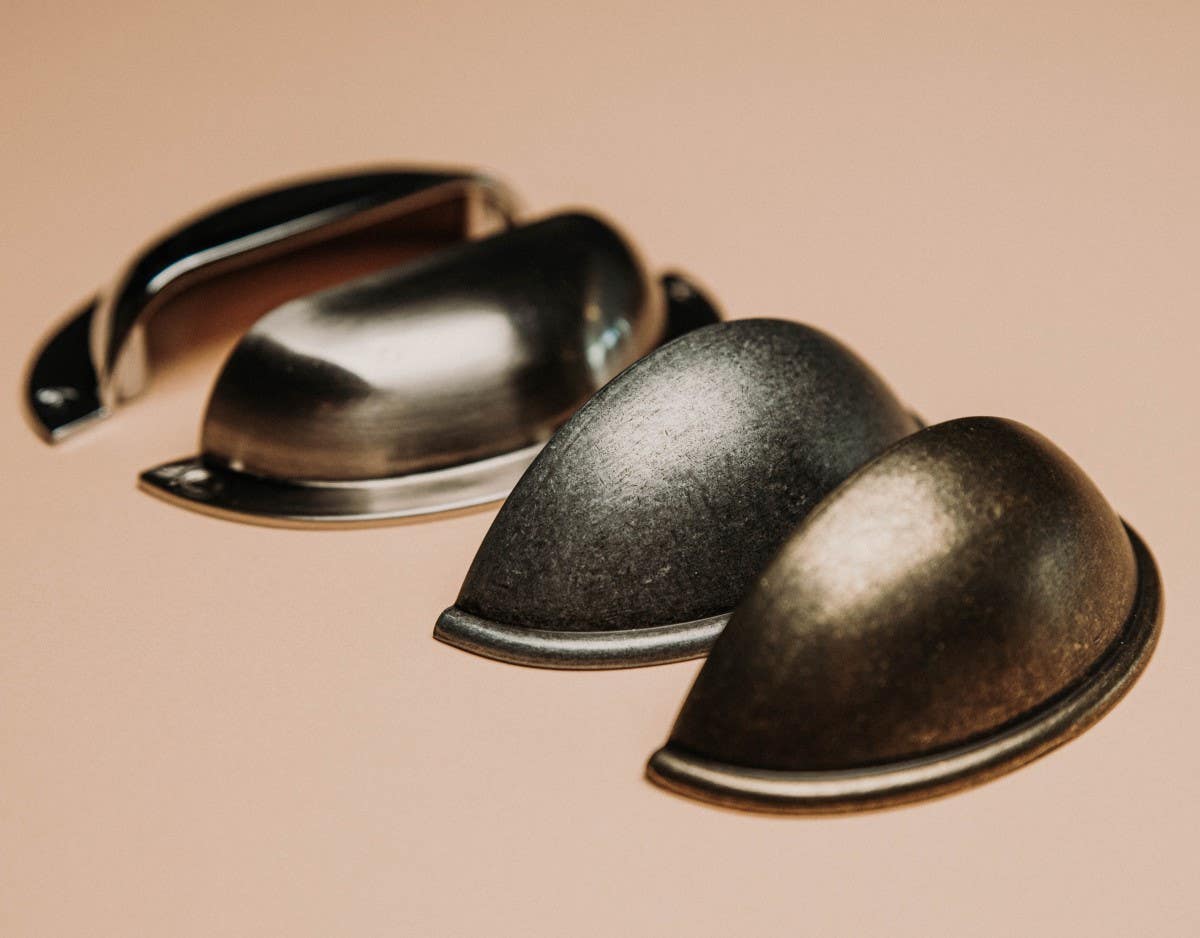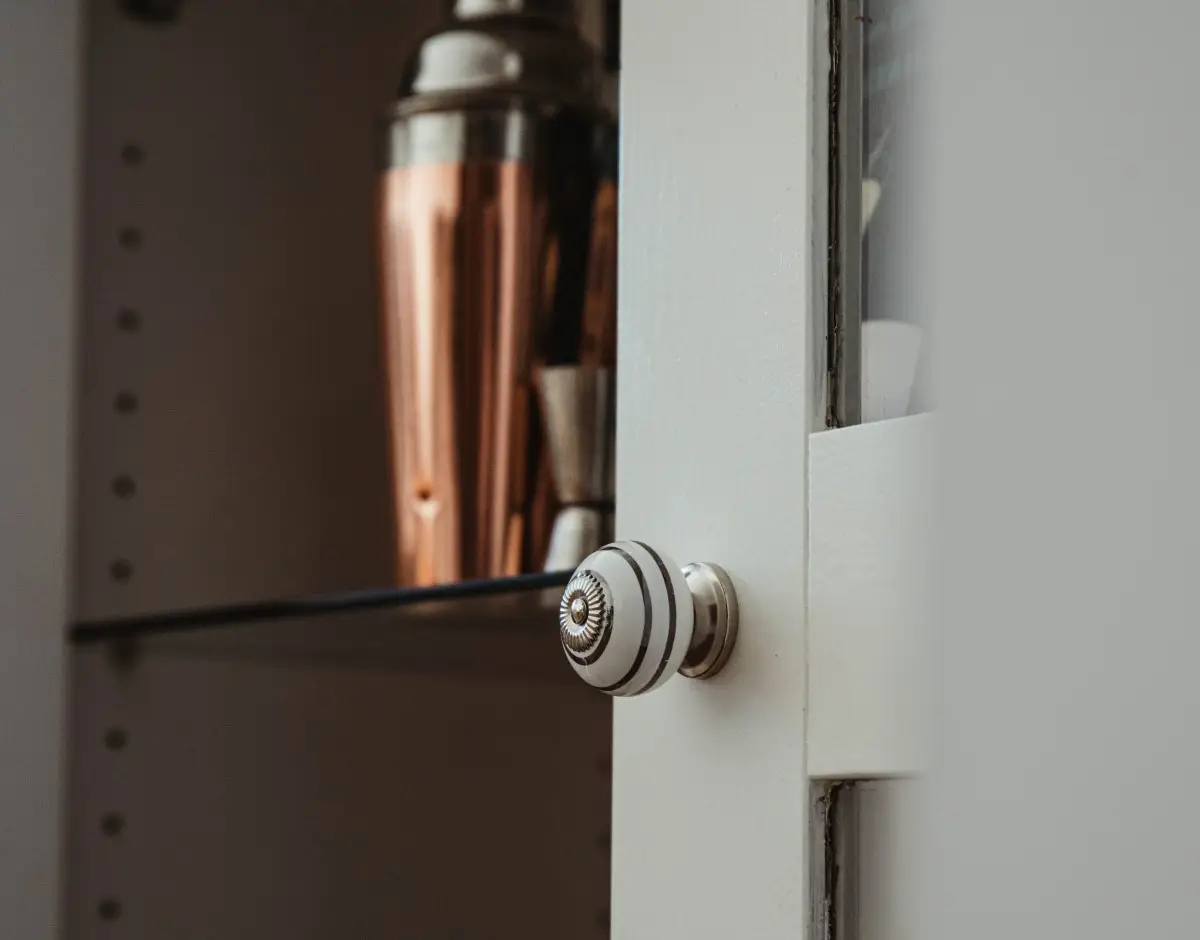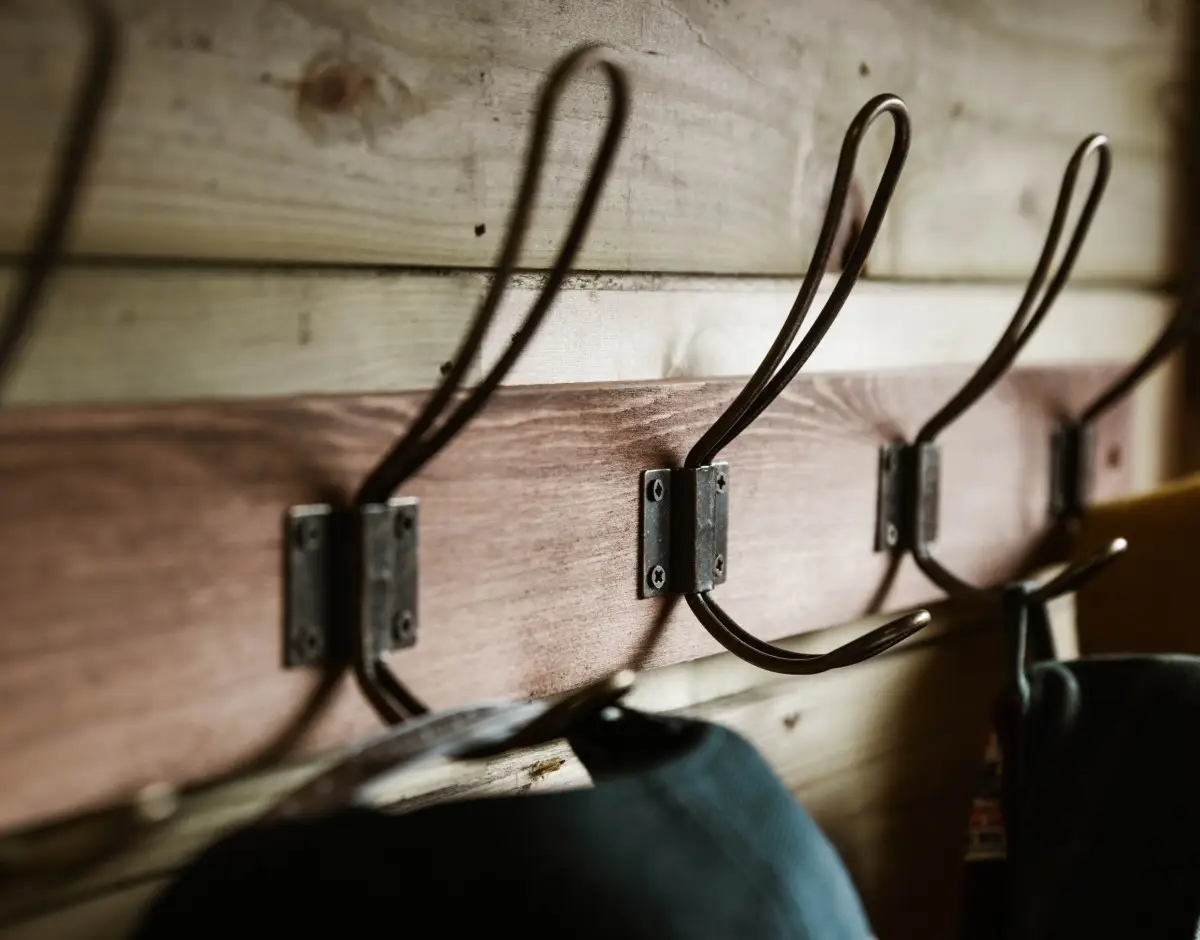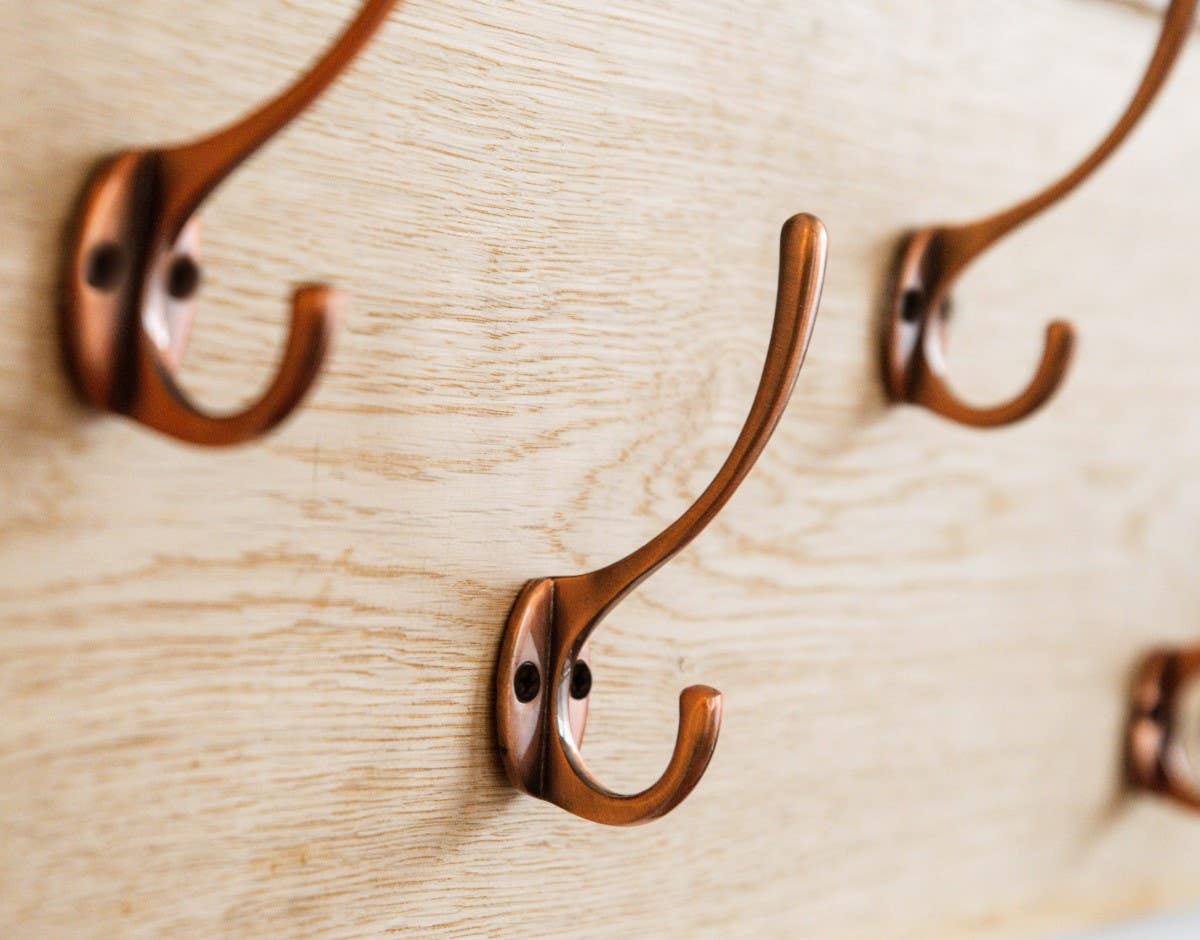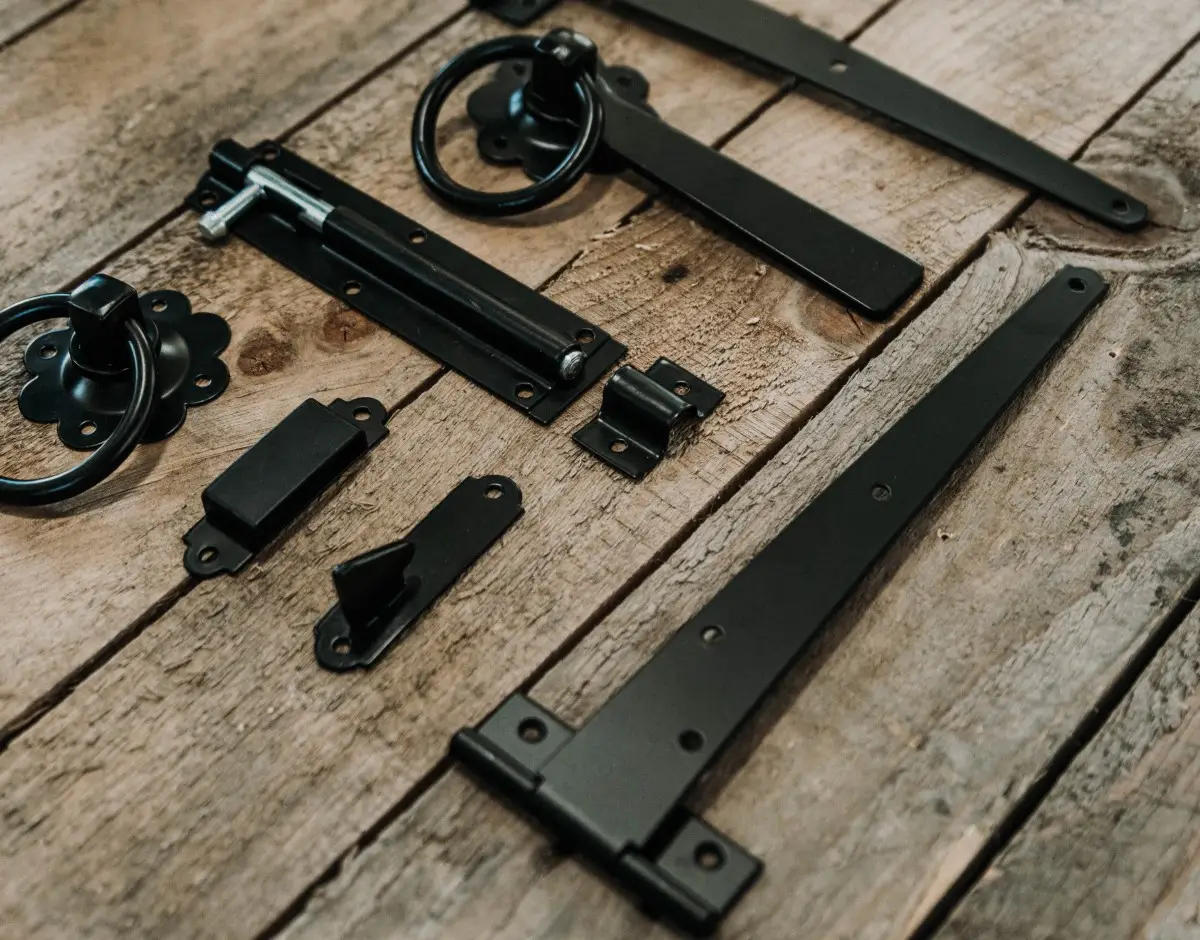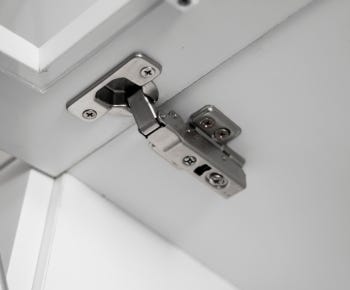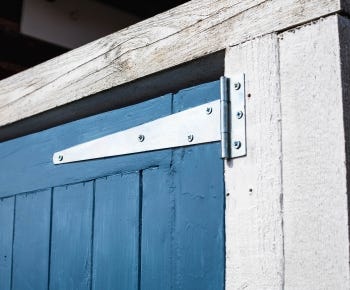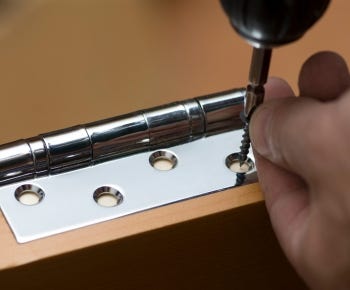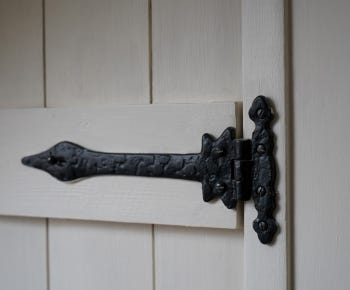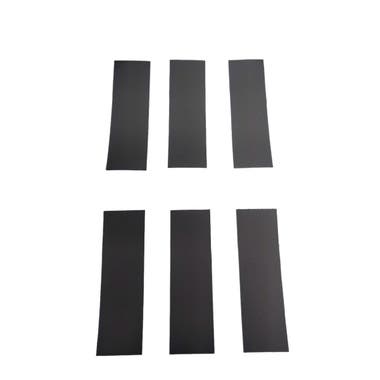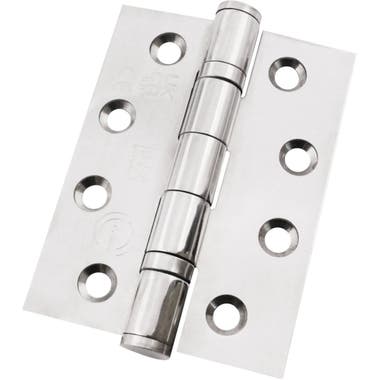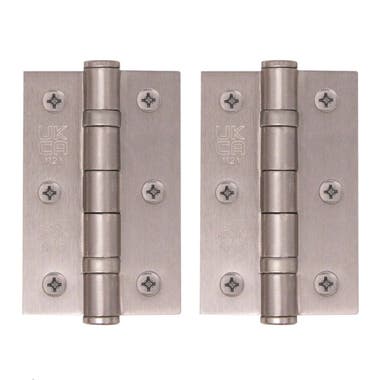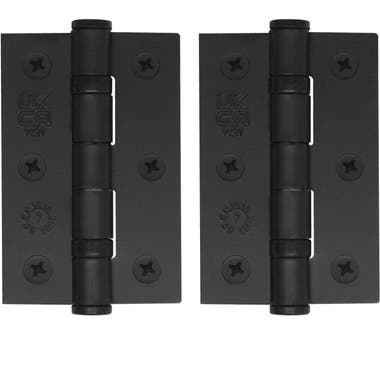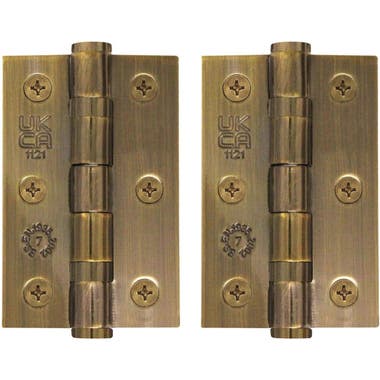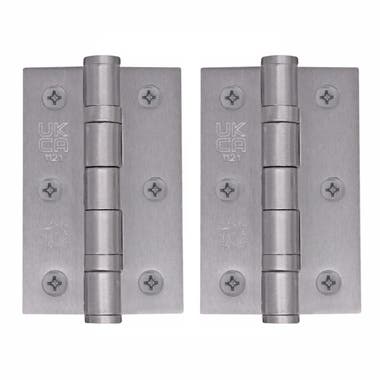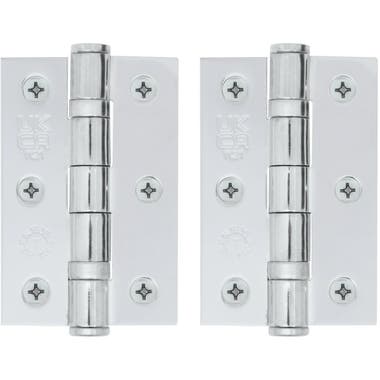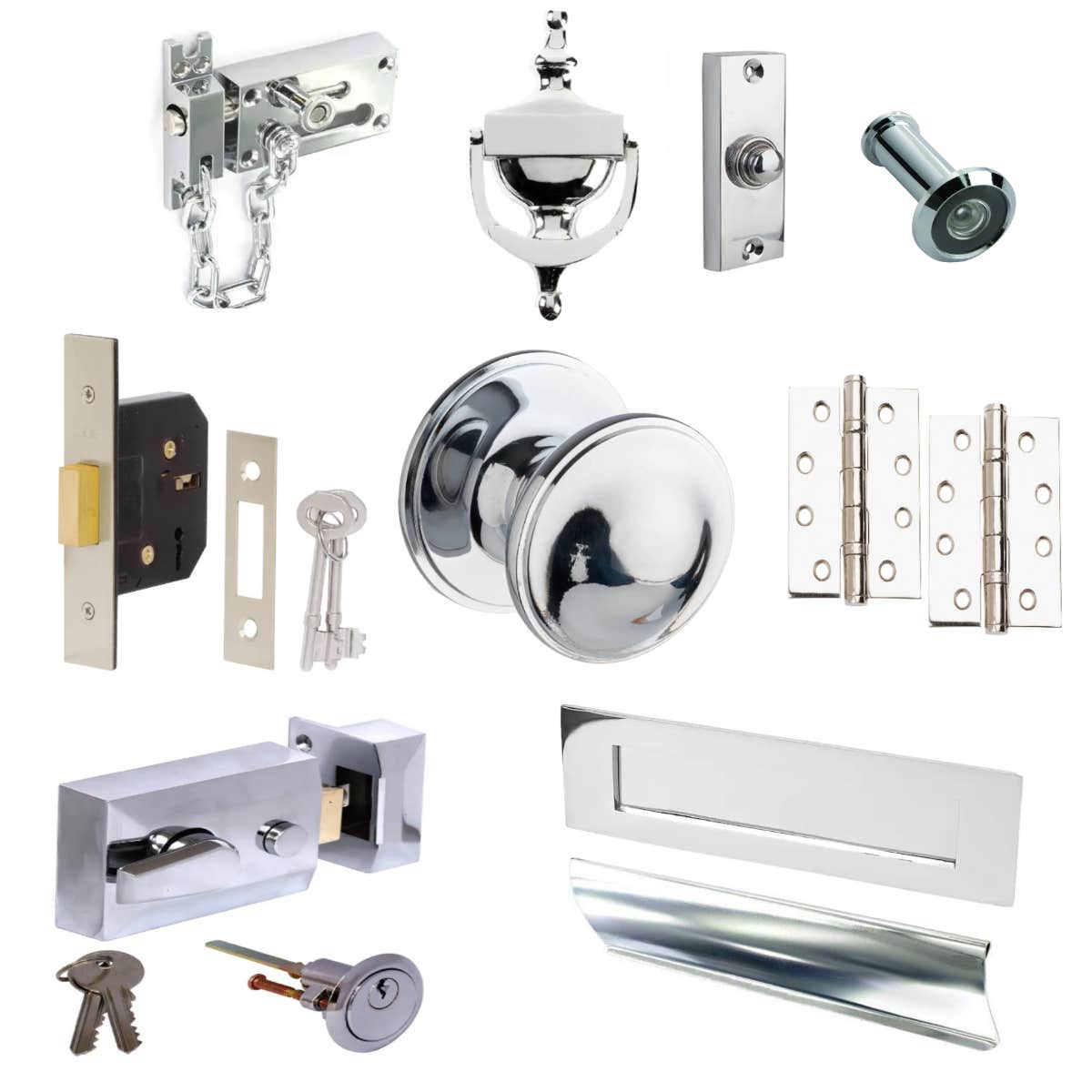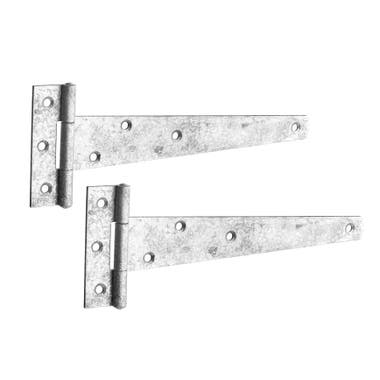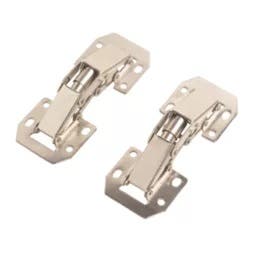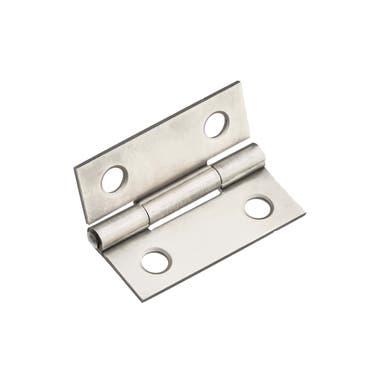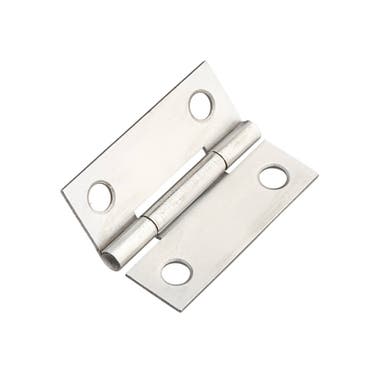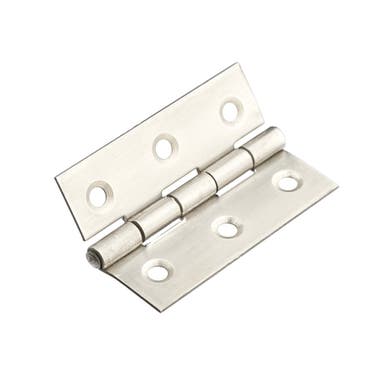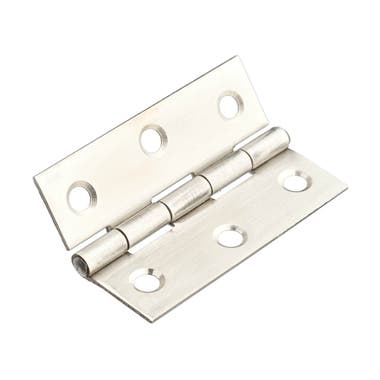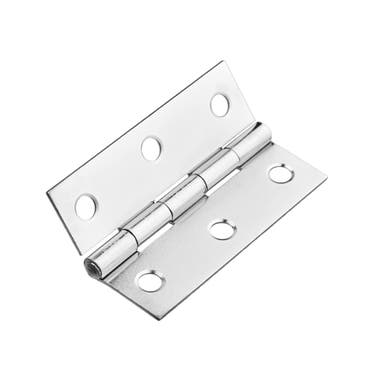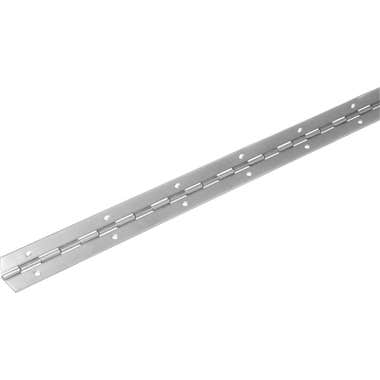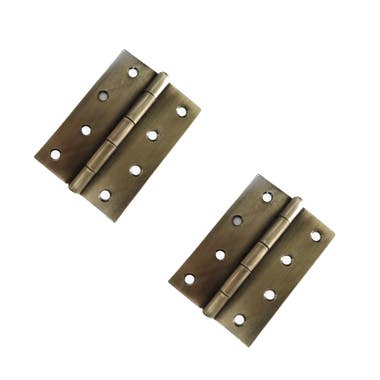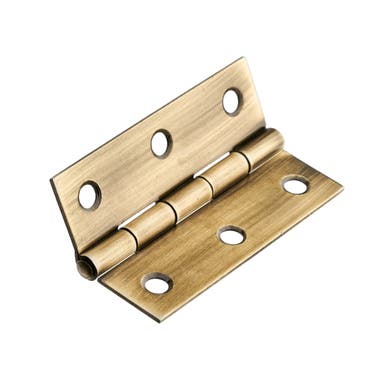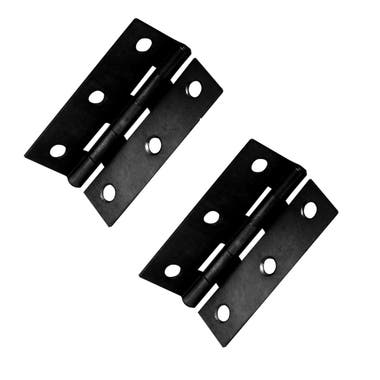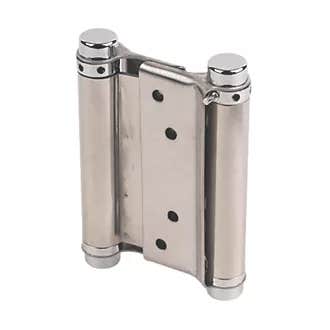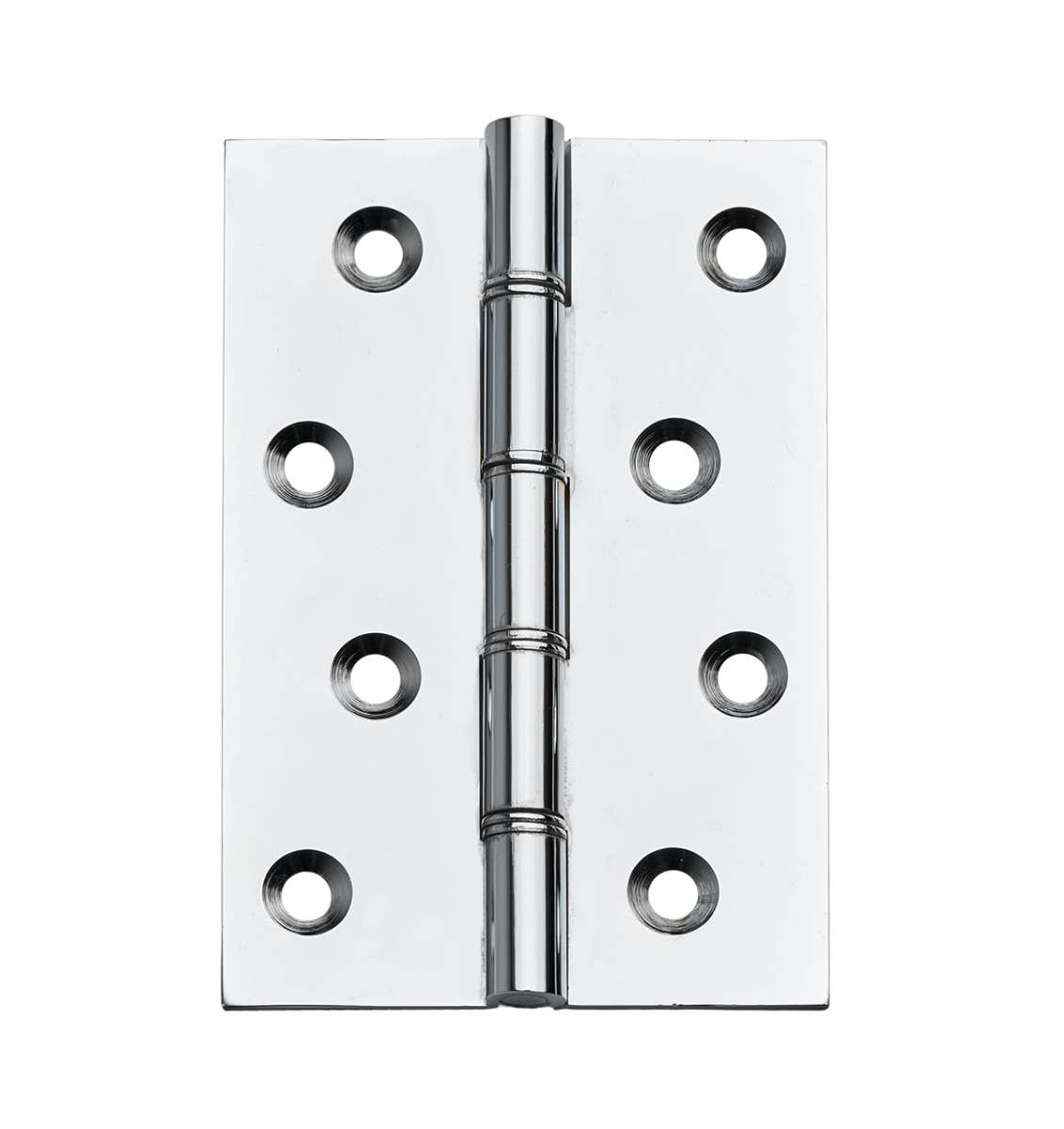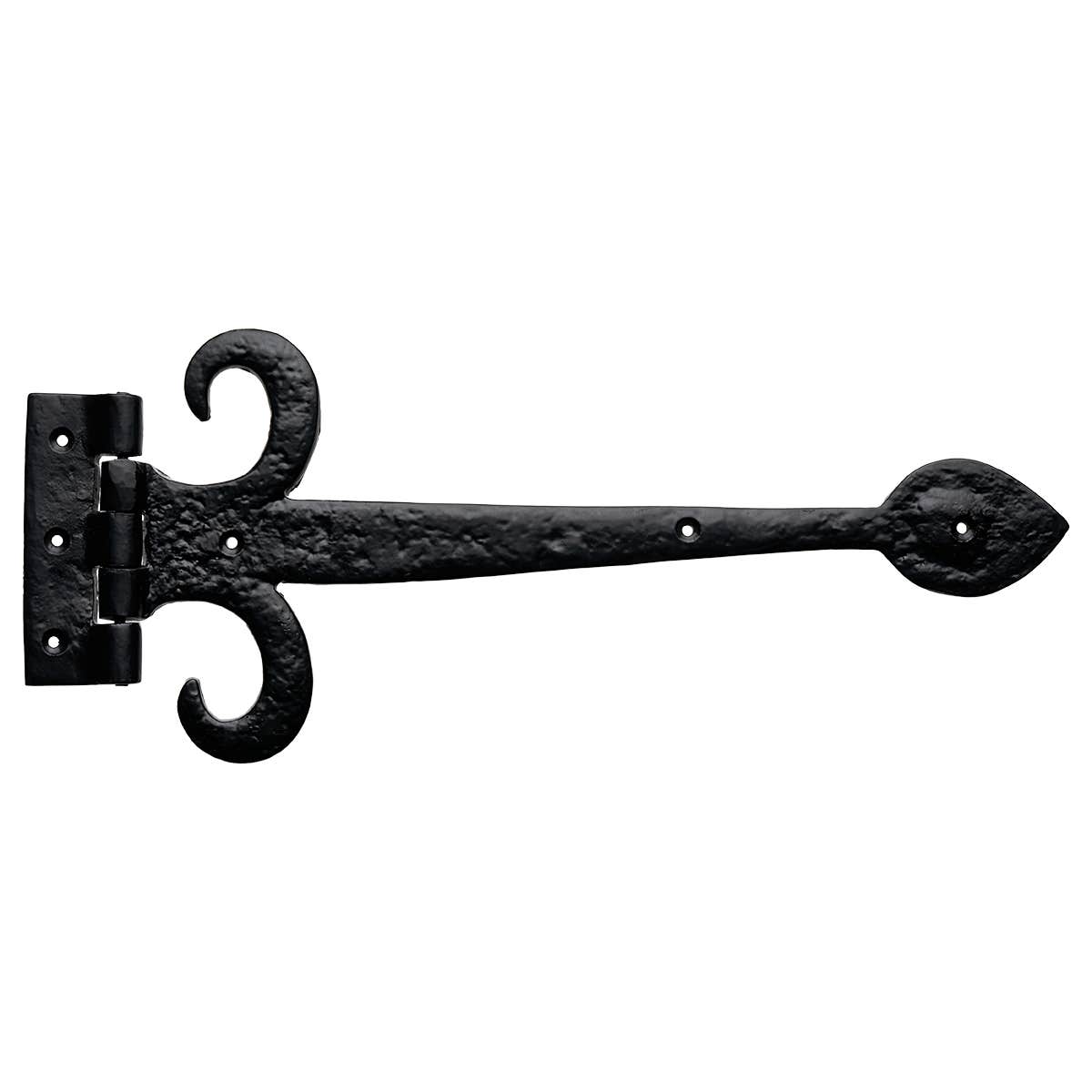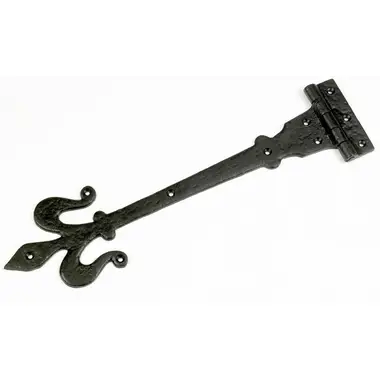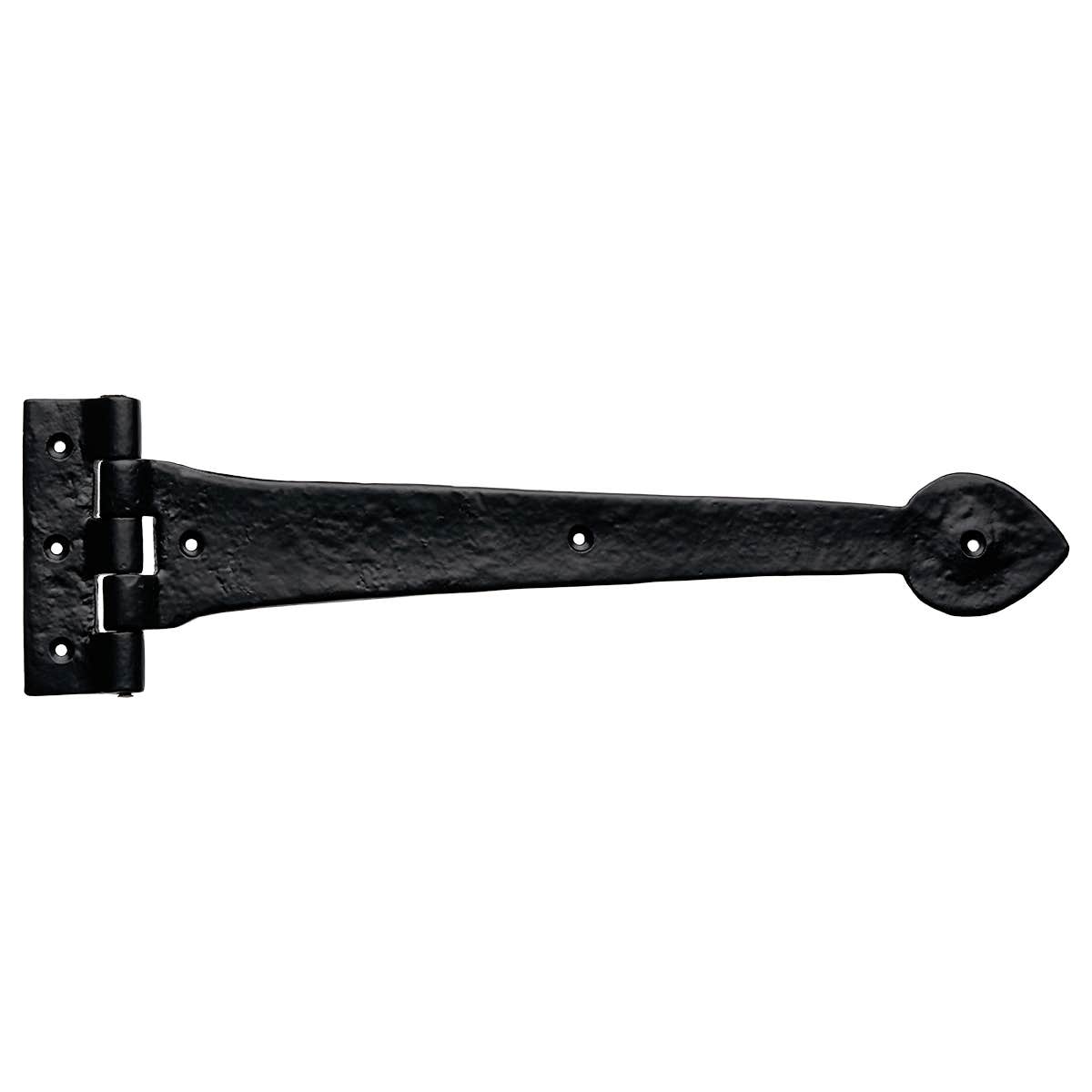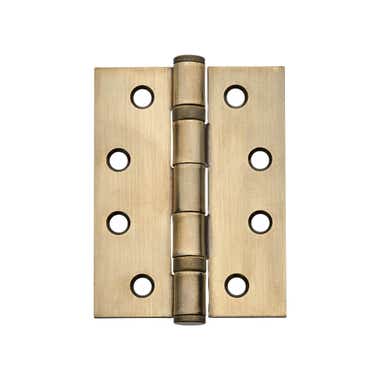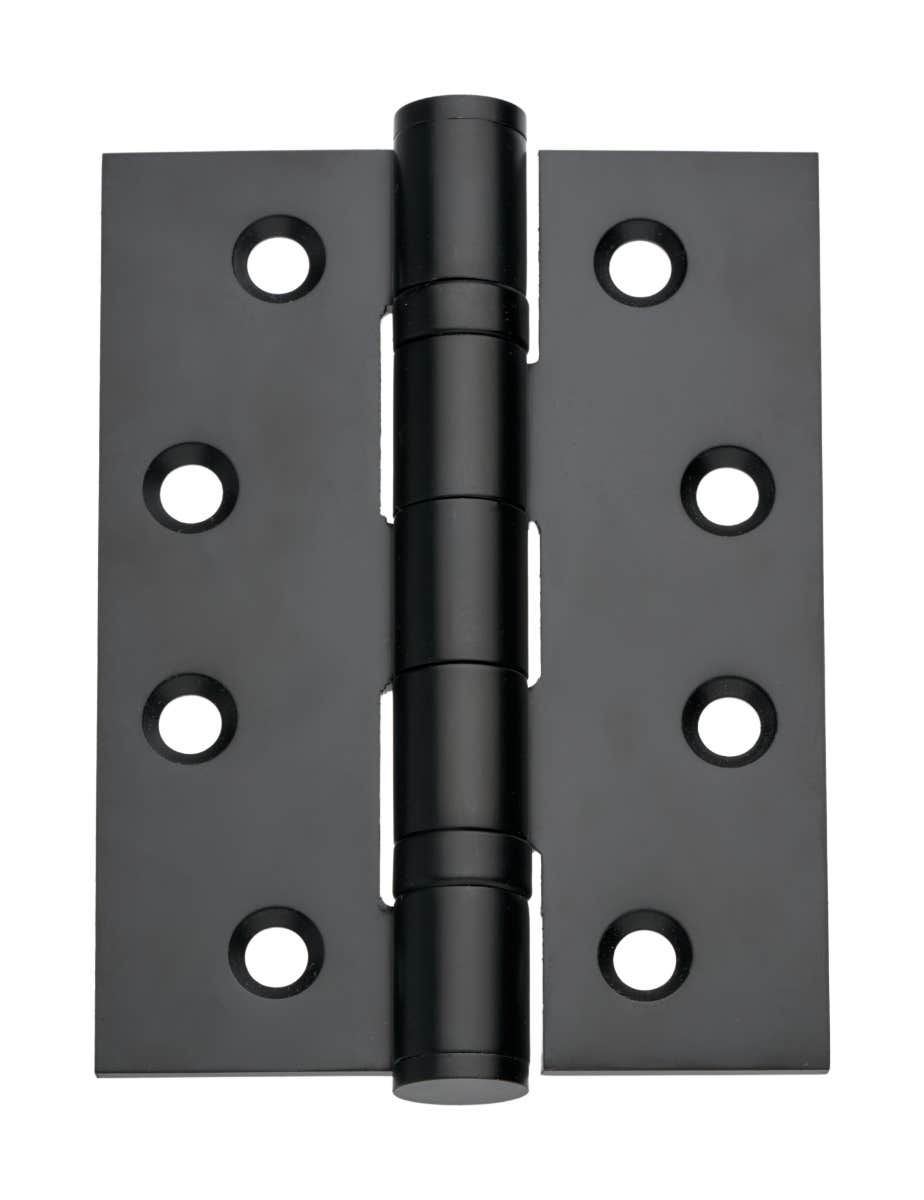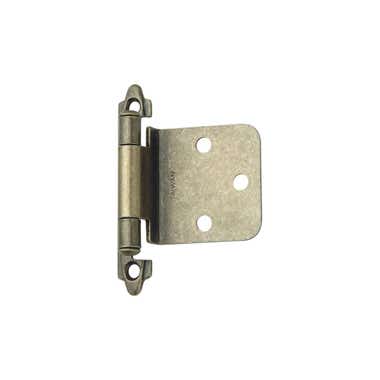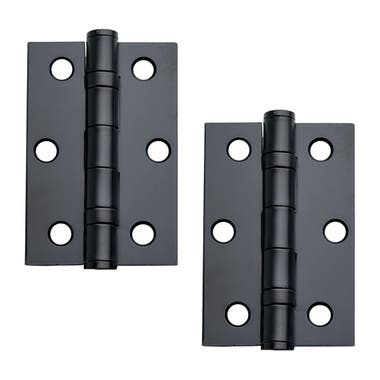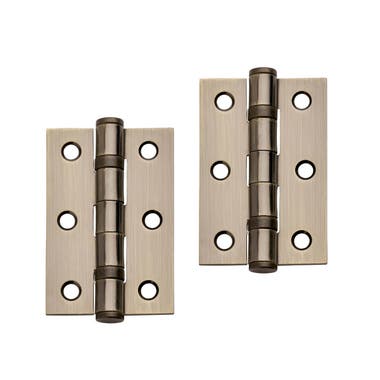- Steel Butt Hinge - 75mm - Antique Brass - Pair - Hardware Solutions£1.80 £1.501 review
- 5 out of 5
- David Hughes
- Perfect for my installation. Easy to fit, look good with other antique door hardware, and good price to boot ???? The wife is happy for now ????
In Stock | SKU: HP424AB - Ball Bearing Hinge - 102mm - Antique Brass - Pair - Hardware Solutions£6.40 £5.333 reviews
- 5 out of 5
- David Hughes
- Superb hinge. Looks good too
In Stock | SKU: 2223H - Stainless Steel Ball Bearing Hinge - 102mm - Matte Black - Hardware Solutions£6.40 £5.331 review
- 4 out of 5
- susan hunter
- i have received these items but have not installed them as they are too big.
In Stock | SKU: 2224H - Ball Bearing Hinge - 76mm - Matte Black - Pair - Hardware Solutions£2.94 £2.451 review
- 5 out of 5
- Owen Styles
- Just ok, what more can in say?
In Stock | SKU: 2216BLK - Ball Bearing Hinge - 76mm - Antique Brass - Pair - Hardware Solutions£2.94 £2.456 reviews
- 5 out of 5
- Mrs Boyle
- Bought these to hang our oak doors. Perfect for the job. Strong, smart looking, matching the catches and door knobs also from this company.
In Stock | SKU: 2216AB
Automatically applied at the checkout
Based on 9,361 happy customersFree Next Day Delivery Over £75 (Inc Vat)*
£10 Off Orders Over £250 (Inc Vat) | Same Day Dispatch
Types of Door Hinges
Door hinges are vital components that enable a door to open and close smoothly. They are available in a wide variety of types, in a range of materials, sizes and finishes. Which type of door hinges you need will depend on the type of door and its situation, be it an internal door in your home, heavier external doors, shed doors or garden gates.
The most common type of door hinge is the butt hinge.
Butt Hinges
Butt hinges are used to attach doors to door frames. Butt hinges consist of two rectangular metal plates, or ‘leaves’, joined by a pin that allows the leaves to pivot. One leaf is attached to the edge of the door, while the other is attached to the door frame, allowing the door to swing freely. There are a few different types of butt hinge.
Loose & Fixed Pin Butt Hinges
Fixed pin hinges are a type of door hinge where the pin joining the hinge leaves cannot be removed and is permanently fixed in place.
With loose pin hinges the pin can be removed enabling you to easily remove a door from its frame for easier access, for cleaning or when decorating your home.
Rising Butt Hinges
A rising butt hinge is used where the floor around the door may be obstructive or uneven. They raise the door a little as it opens for ground clearance. Rising hinges have an asymmetrical leaves that cause a rising motion as the door opens. They can also enable lighter interior doors to self-close.
Ball Bearing Butt Hinges
Ball bearing butt hinges offer ultra-low friction performance, allowing doors to glide open and closed more evenly and silently. The ball bearing butt hinge design is also more durable than standard door hinges, with their reduced friction avoids wear and tear making so them better suited to higher traffic rooms.
Fire Door Butt Hinges
Fire doors are required to be installed in public and commercial buildings, and in communal spaces in residential buildings. They slow the spread of fire and smoke in an emergency, giving people more time to exit and to limit building damage. To help achieve this, special fire resistant hinges, smoke seals and smoke pads must be used for fire doors. Fire door hinges are available in a variety of sizes and finishes.
Flush Hinges
Flush door and cabinet hinges fit without protruding or recessing and are typically level, or flush, with the surface of the door frame or cabinet when closed. Unlike butt hinges, flush hinges are completely concealed when a door is shut.
Cabinet & Cupboard Door Hinges
There are a wide variety of cabinet hinges and cupboard hinges to choose from, depending on their application. They range from kitchen cabinetry to bathrooms and bedrooms to storage cupboards in the garage or shed. Available in different finishes and designs styles, including butt hinge, loose pin and flush hinge types.
T-Hinges
T-hinges are commonly used for shed and garage doors, and for garden gates. So-called for their ‘T’ shape, T-hinges are often longer and heavier duty compared with other hinge types and fit to the exterior surface of a door or gate. They’re likely to be weatherproof, galvanised or powder coated.
Other Useful Information
Discover more about different hinge types and how to fit and maintain them with expert Hiatt Hardware articles and how-to guides. In the Hiatt Hardware Blog you will find a wide range of guides and DIY inspiration articles on a variety of topics to help you get the most out of your home and garden.
Explore Different Types of Door Hinges

